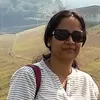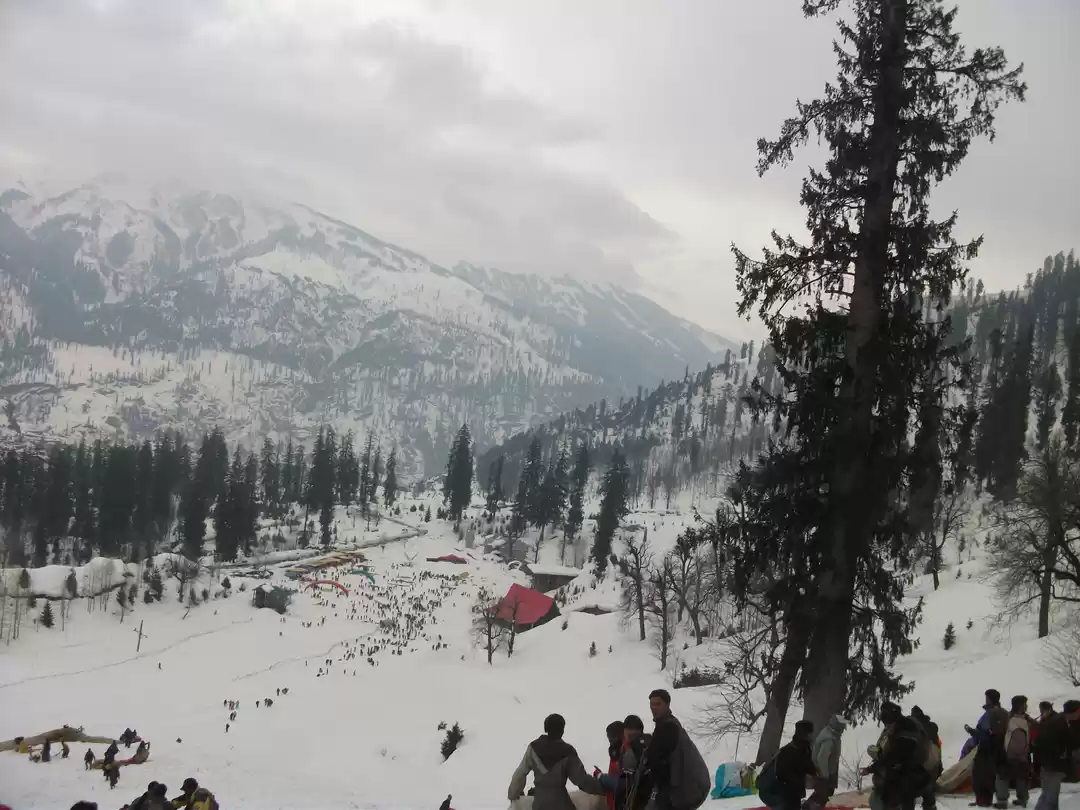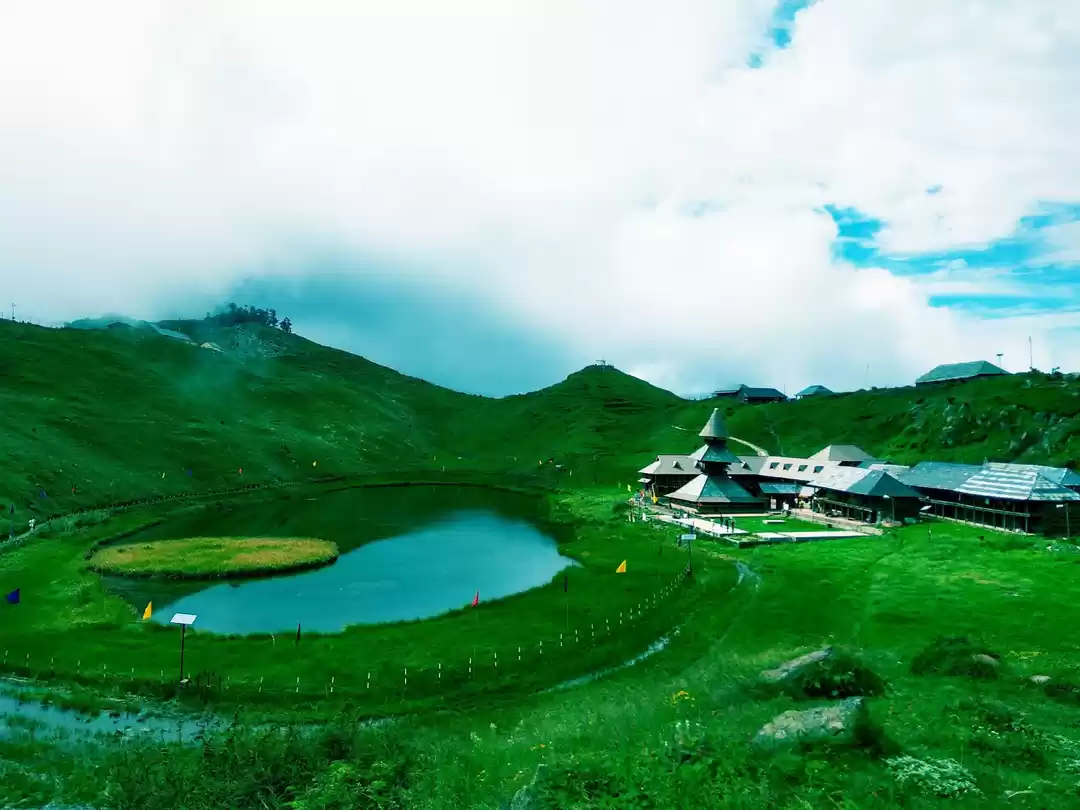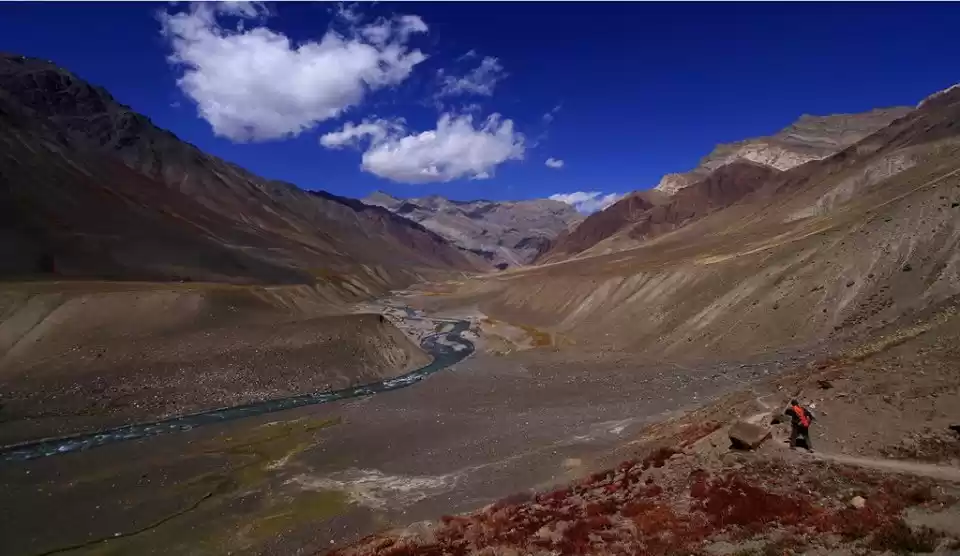Have you ever wondered what it would be like to walk through the walls of a fort that has witnessed centuries of wars, invasions, and dynasties? A fort that has survived the ravages of time and nature, and still stands as a testament to the glory and resilience of a civilization? A fort that offers stunning views of the snow-capped mountains and lush valleys of one of the most beautiful regions in India?
If you are looking for such an experience, then you should visit Kangra Fort, the oldest and largest fort in the Himalayas. Located in the Kangra Valley of Himachal Pradesh, Kangra Fort is a marvel of ancient engineering and architecture. It is also a treasure trove of history and culture, as it has been the seat of power for many rulers and kingdoms, from the ancient Trigarta Kingdom to the British Raj.
In this article, we will take you on a journey through the Kangra Fort and its surroundings. We will tell you everything you need to know about the fort, such as its history, architecture, attractions, and places to visit near it. We will also give you some practical tips on how to reach, when to visit, and where to stay in Kangra Valley. By the end of this article, you will be ready to plan your next trip to Kangra Fort and explore its wonders.
History of Kangra Fort
The history of Kangra Fort is as old as the history of India itself. According to legend, the fort was built by Susharma Chand, a descendant of Katoch dynasty, who fought on the side of the Kauravas in the epic Mahabharata war. The fort was then known as Nagarkot or Bhimkot, and was considered one of the most formidable forts in India.
The fort has seen many invasions and battles over the centuries, as it was coveted by many rulers and empires for its strategic location and wealth. Some of the most notable invaders were Mahmud of Ghazni, who looted the fort in 1009 CE; Muhammad bin Tughlaq, who captured it in 1337 CE; Firoz Shah Tughlaq, who repaired it in 1360 CE; Sikandar Lodi, who besieged it in 1519 CE; Akbar, who annexed it in 1556 CE; Jahangir, who visited it in 1622 CE; Maharaja Ranjit Singh, who conquered it in 1809 CE; and the British, who took it over in 1846 CE.
The fort also witnessed some heroic resistance and revolts by its local rulers and inhabitants. One of the most famous examples was Raja Sansar Chand, who ruled Kangra from 1775 to 1823 CE. He was a patron of arts and culture, and he restored the fort and its temples to their former glory. He also fought against the Gurkhas, the Sikhs, and the British to defend his kingdom. He was eventually defeated by Maharaja Ranjit Singh, who admired his courage and allowed him to retain some of his territories.
The fort suffered extensive damage during the 1905 Kangra earthquake, which killed over 20,000 people in the valley. The fort was then taken over by the Archaeological Survey of India for conservation and restoration. Today, the fort is a protected monument and a popular tourist attraction.
Architecture of Kangra Fort
The architecture of Kangra Fort is a reflection of its long and diverse history. The fort covers an area of about 4 square kilometers on a steep hill overlooking the confluence of the Banganga and Manjhi rivers. The fort has a complex layout with multiple gates, walls, bastions, watchtowers, temples, palaces, museums, and gardens.
The main entrance to the fort is through the Ranjit Singh Gate, which leads to another gate called Jahangiri Darwaza. The Jahangiri Darwaza opens into a courtyard called Andheri Darwaza, which has a passage to another gate called Darsani Darwaza. The Darsani Darwaza is flanked by two idols of river goddesses Ganga and Yamuna.

The Darsani Darwaza leads to another courtyard called Ahani Darwaza, which has a steep staircase to another gate called Amiri Darwaza. The Amiri Darwaza opens into the main part of the fort called Moti Mahal or Pearl Palace. The Moti Mahal was once the residence of Raja Sansar Chand and his family. It has a large hall with a throne and a balcony.
The Moti Mahal also has a passage to another gate called Lohar Darwaza, which leads to the upper part of the fort called Shish Mahal or Glass Palace. The Shish Mahal was also a residence of the royal family and has a hall with mirrors and paintings. The Shish Mahal also has a passage to another gate called Darshani Darwaza, which leads to the highest part of the fort called Teli Ka Mandir or Oilman’s Temple. The Teli Ka Mandir is a Hindu temple dedicated to Lord Shiva and his consort Parvati. It has a shikhara or spire with carvings of deities and animals.
The fort also has several other temples and shrines within its premises, such as the Lakshmi Narayan Temple, the Ambika Devi Temple, the Jain Temple, and the Adinath Temple. The fort also has a museum that displays artifacts, sculptures, paintings, coins, weapons, and photographs related to the fort and its history.
The fort is built with stone and lime mortar, and has influences and styles of various cultures and eras. The fort showcases the craftsmanship and skill of the ancient engineers and architects who built it. The fort also offers panoramic views of the surrounding mountains and valleys, especially during sunrise and sunset.
Attractions of Kangra Fort
The Kangra Fort is not only a historical monument, but also a cultural and spiritual hub. The fort has many attractions that visitors can enjoy and explore, such as:

The Kangra Fort Museum:
The museum is located near the main entrance of the fort and displays a collection of artifacts, sculptures, paintings, coins, weapons, and photographs related to the fort and its history. The museum also has an audio-visual show that narrates the story of the fort in Hindi and English.
The Kangra Fort Sound and Light Show:
The sound and light show is held every evening at the fort and depicts the history and legends of the fort through music, narration, and special effects. The show is available in Hindi and English and lasts for about 45 minutes.
The Kangra Fort Heritage Walk:
The heritage walk is a guided tour that takes visitors through the various parts of the fort and explains their significance and history. The walk also includes some interactive activities such as pottery making, painting, archery, etc. The walk is available in Hindi and English and lasts for about 2 hours.
The Kangra Fort Festivals:
The fort hosts some festivals throughout the year that celebrate the culture and traditions of Kangra Valley. Some of the festivals are Holi, Baisakhi, Navratri, Dussehra, Diwali, etc. The festivals include cultural programs, folk dances, music, food stalls, etc.
The timings for visiting the fort are from 9 am to 6 pm in summer (April to September) and from 9 am to 5 pm in winter (October to March). The entry fee for Indian nationals is Rs. 25 per person and for foreign nationals is Rs. 300 per person. The entry fee for children below 10 years is free.
The entry fee for the museum is Rs. 10 per person. The entry fee for the sound and light show is Rs. 100 per person for Indians and Rs. 250 per person for foreigners. The entry fee for the heritage walk is Rs. 200 per person for Indians and Rs. 500 per person for foreigners.
Also check out: Kangra fort- where history speaks for itself
Places to Visit Near Kangra Fort
The Kangra Valley is not only home to the Kangra Fort, but also to many other places that offer natural beauty or cultural heritage. Some of the best places to visit near Kangra Fort are:

Kareri Lake:
Kareri Lake is a high-altitude lake located at an elevation of about 3000 meters above sea level. It is surrounded by snow-capped mountains and dense forests of pine and oak trees. It is considered sacred by locals as it is believed to be the abode of Lord Shiva. It is also a popular trekking destination as it offers scenic views of the Dhauladhar Range.

Brajeshwari Temple:
Brajeshwari Temple is one of the most revered temples in Himachal Pradesh. It is dedicated to Goddess Brajeshwari or Vajreshwari, who is an incarnation of Goddess Durga. It is believed that the temple was built by Pandavas after the Mahabharata war. It is also believed that the temple was looted by Mahmud of Ghazni in 1009 CE and later rebuilt by Raja Sansar Chand in 1809 CE.

Dhauladhar Range:
Dhauladhar Range is a part of the Himalayas that forms a backdrop for Kangra Valley. It has some of the highest peaks in Himachal Pradesh, such as Hanuman Ka Tibba, which is also known as the Matterhorn of India. The range is a paradise for adventure seekers and nature lovers, as it offers opportunities for trekking, camping, paragliding, skiing, etc.

Indrahar Pass Trek:
Indrahar Pass Trek is one of the most challenging and rewarding treks in Himachal Pradesh. It starts from Mcleodganj and passes through the Dhauladhar Range to reach the Indrahar Pass at an altitude of about 4300 meters above sea level. The trek offers spectacular views of the Pir Panjal Range, the Manimahesh Kailash Peak, and the Kangra Valley. The trek also has a mythological significance, as it is believed that the Pandavas crossed this pass to reach heaven after the Mahabharata war.

Jwala Devi Temple:
Jwala Devi Temple is another famous temple in Himachal Pradesh. It is dedicated to Goddess Jwala Devi or Jwalamukhi, who is an aspect of Goddess Durga. The temple is known for its miraculous flame that burns continuously without any fuel or assistance. It is believed that the flame emanates from the mouth of a rock that represents the tongue of the goddess. The temple is also a part of the 51 Shakti Peethas, where the body parts of Goddess Sati fell after her self-immolation.
How to Reach
There are different ways to reach Kangra Fort, depending on where you are coming from and what mode of transportation you prefer. Here are some of the options:
By air:
The nearest airport to Kangra Fort is Gaggal Airport, which is about 14 km away from the fort. You can take a flight from Delhi, Chandigarh, or other major cities to Gaggal and then book a cab or a bus to reach the fort. The flight duration from Delhi to Gaggal is about 1 hour and 20 minutes.
By train:
The nearest railway station to Kangra Fort is Pathankot, which is about 90 km away from the fort. You can take a train from Delhi, Amritsar, or other major cities to Pathankot and then book a cab or a bus to reach the fort. The train duration from Delhi to Pathankot is about 10 hours.
By road:
You can also drive or take a bus to Kangra Fort from nearby cities like Dharamshala, Palampur, or Mcleodganj. The road distance from Dharamshala to Kangra Fort is about 20 km, from Palampur to Kangra Fort is about 40 km, and from Mcleodganj to Kangra Fort is about 25 km. The road conditions are good and the scenery is beautiful along the way.
You may also like to check out: Kangra Fort Is Himachal's Best Kept Secret for History Buffs
Kangra Fort is a magnificent and majestic fort that has a rich and fascinating history. It is one of the oldest and largest forts in the Himalayas, and it has witnessed many wars, invasions, and dynasties. It is also a cultural and spiritual hub, as it has many temples, shrines, and festivals. The fort is a must-visit destination for anyone who loves history, architecture, or nature.
So, what are you waiting for? Plan your trip now and explore the wonders of Kangra Fort!

















































